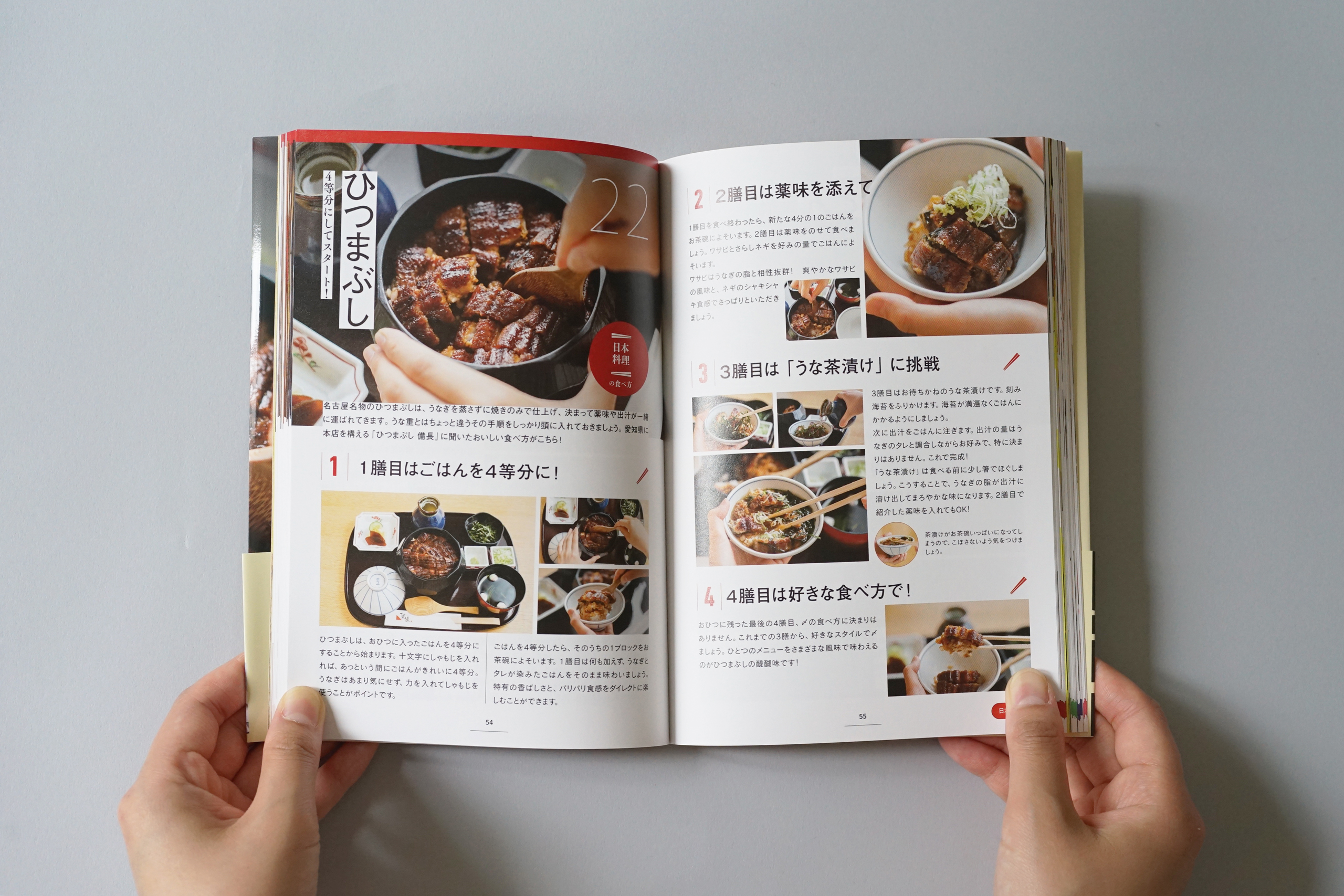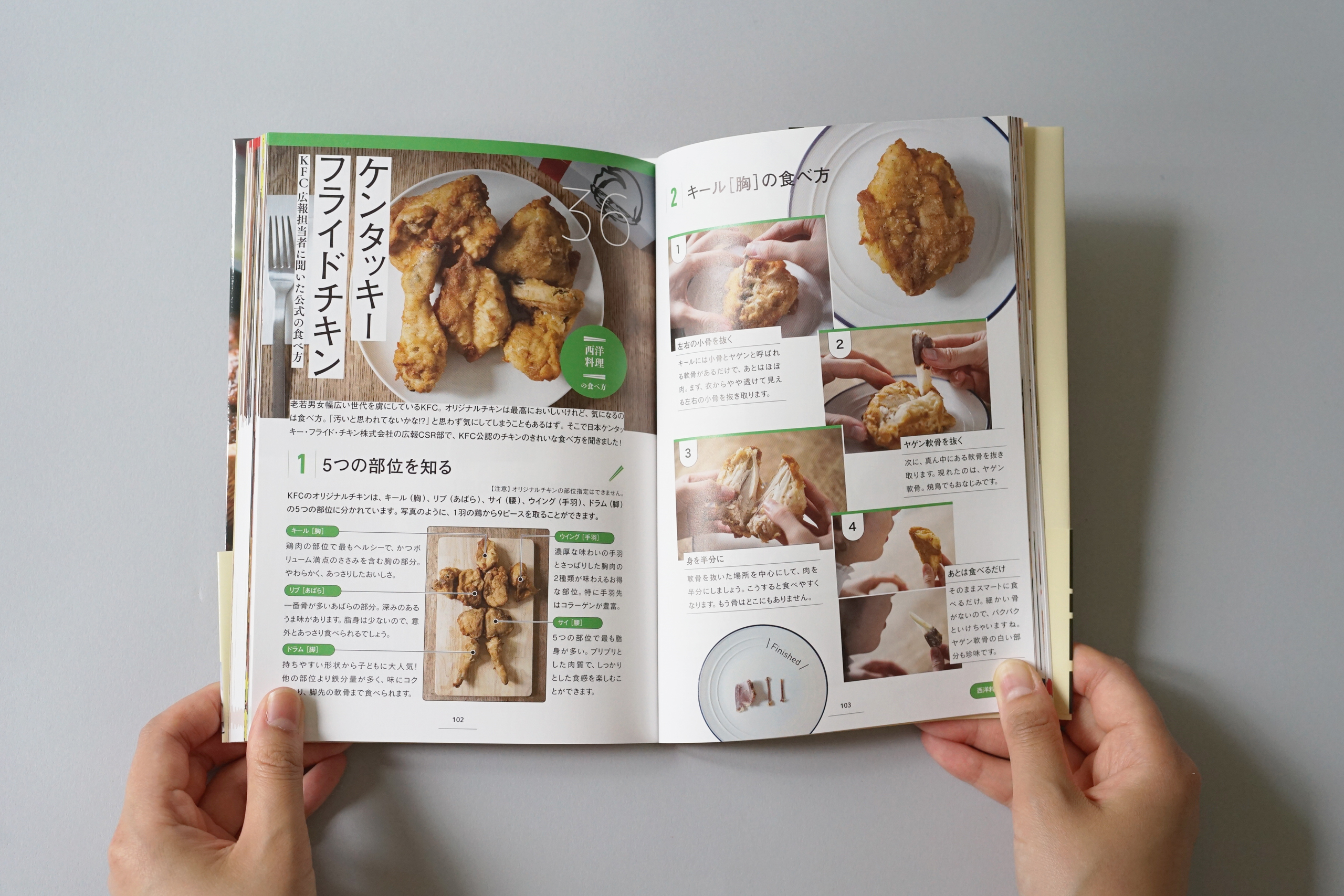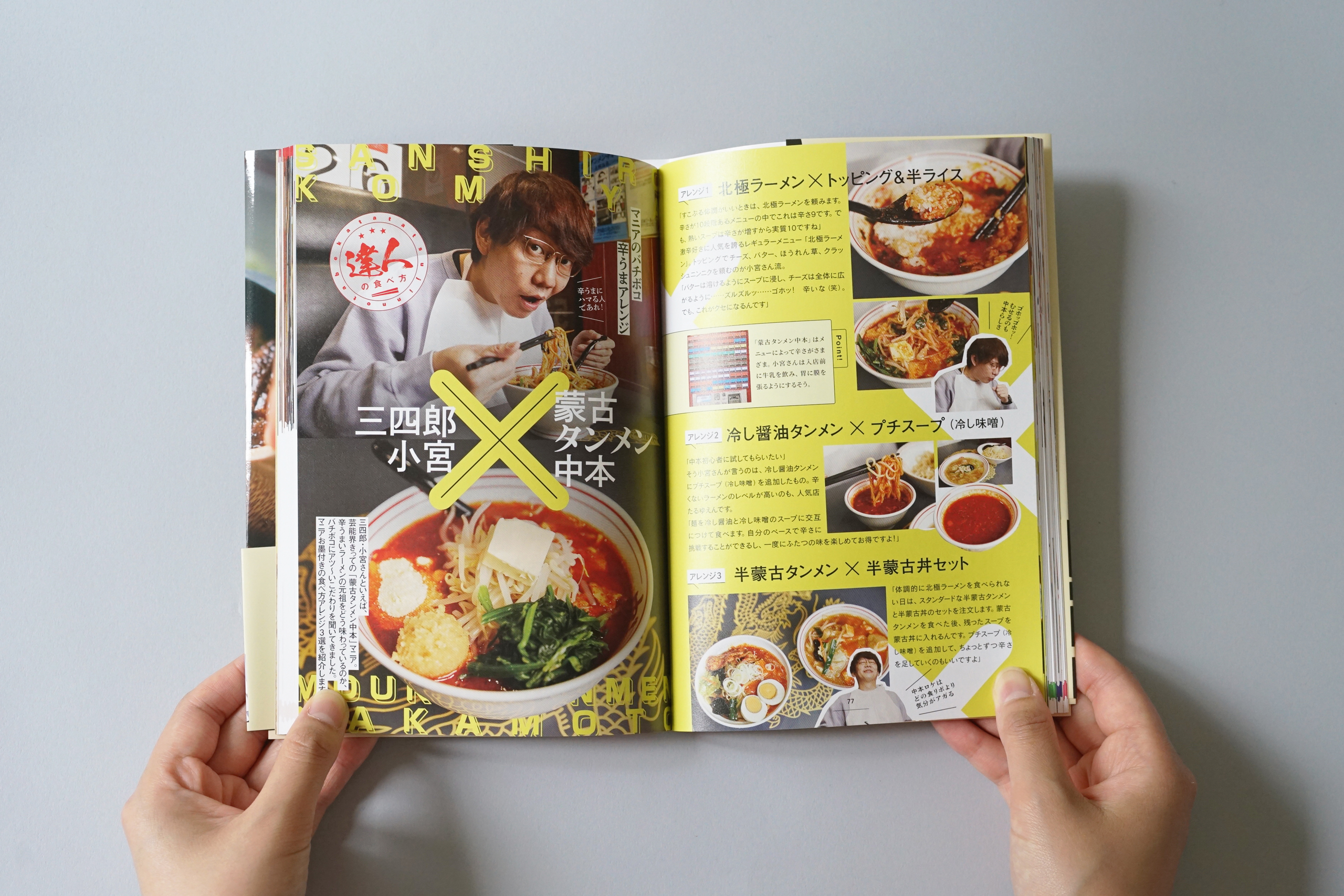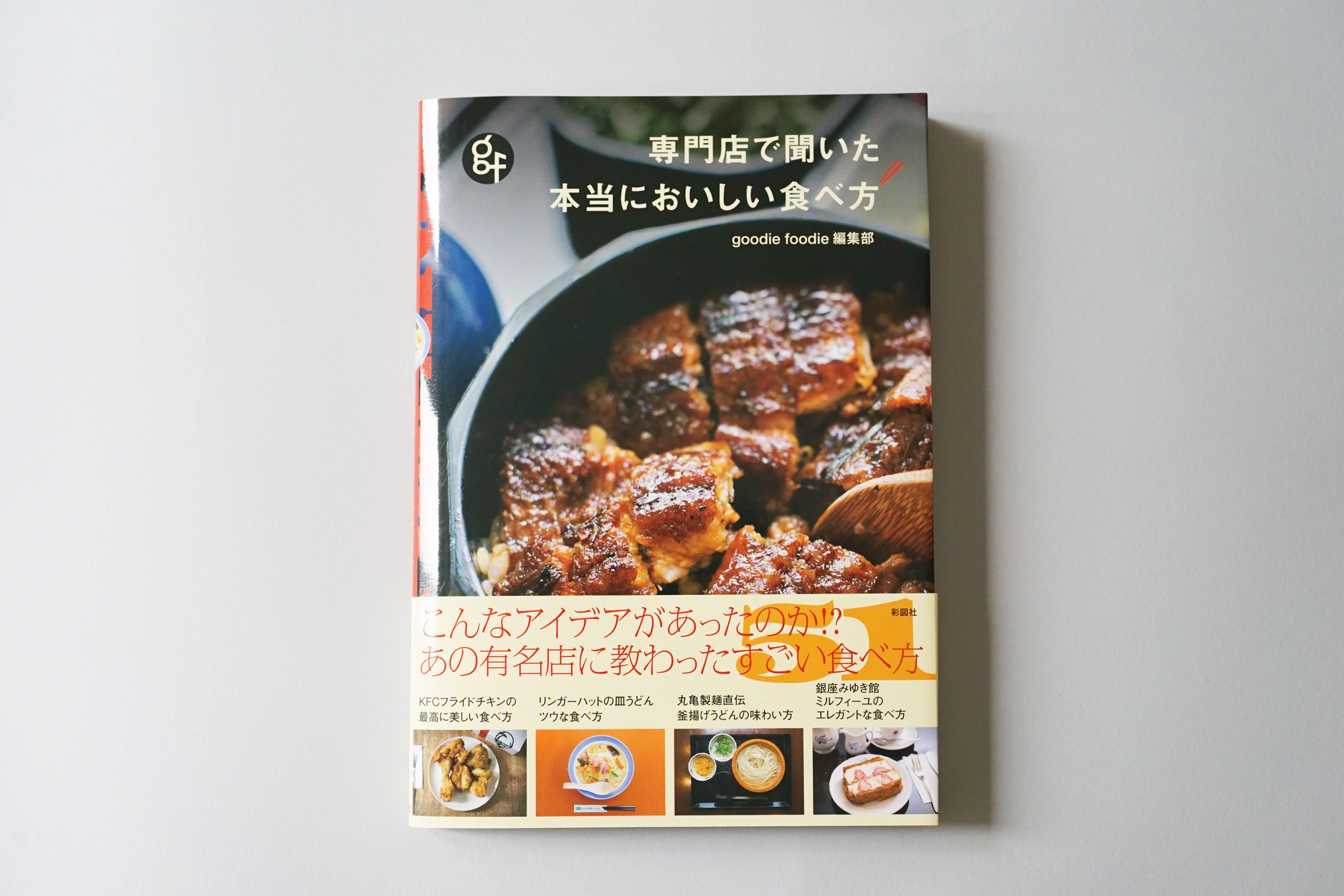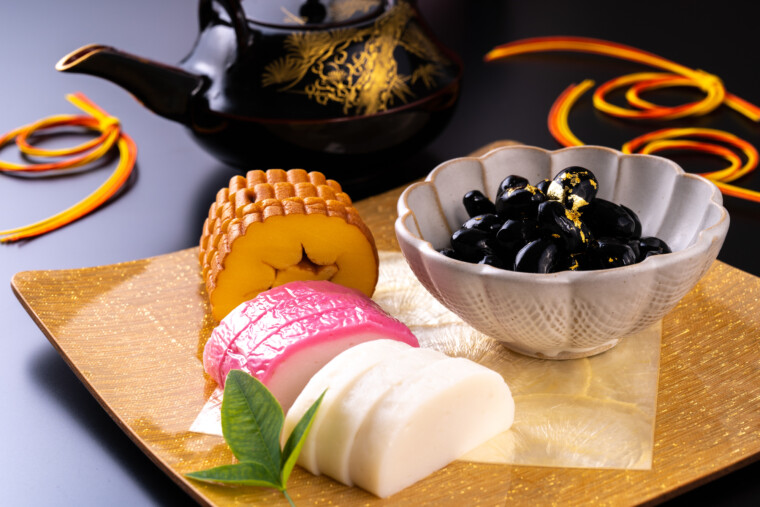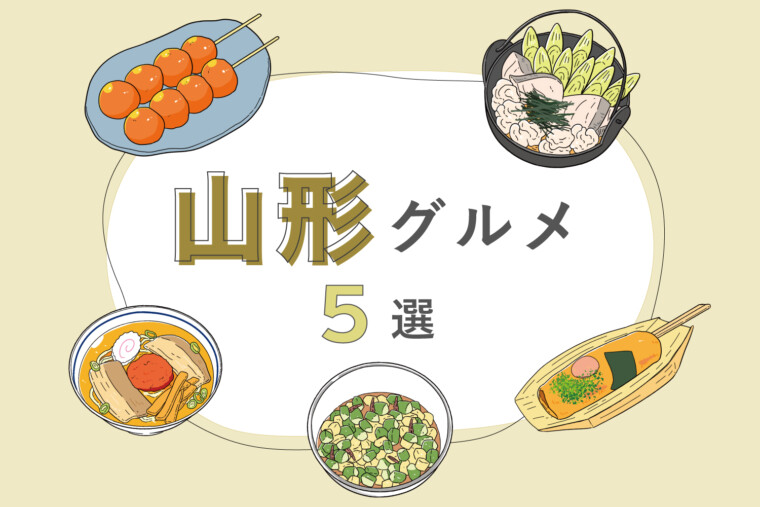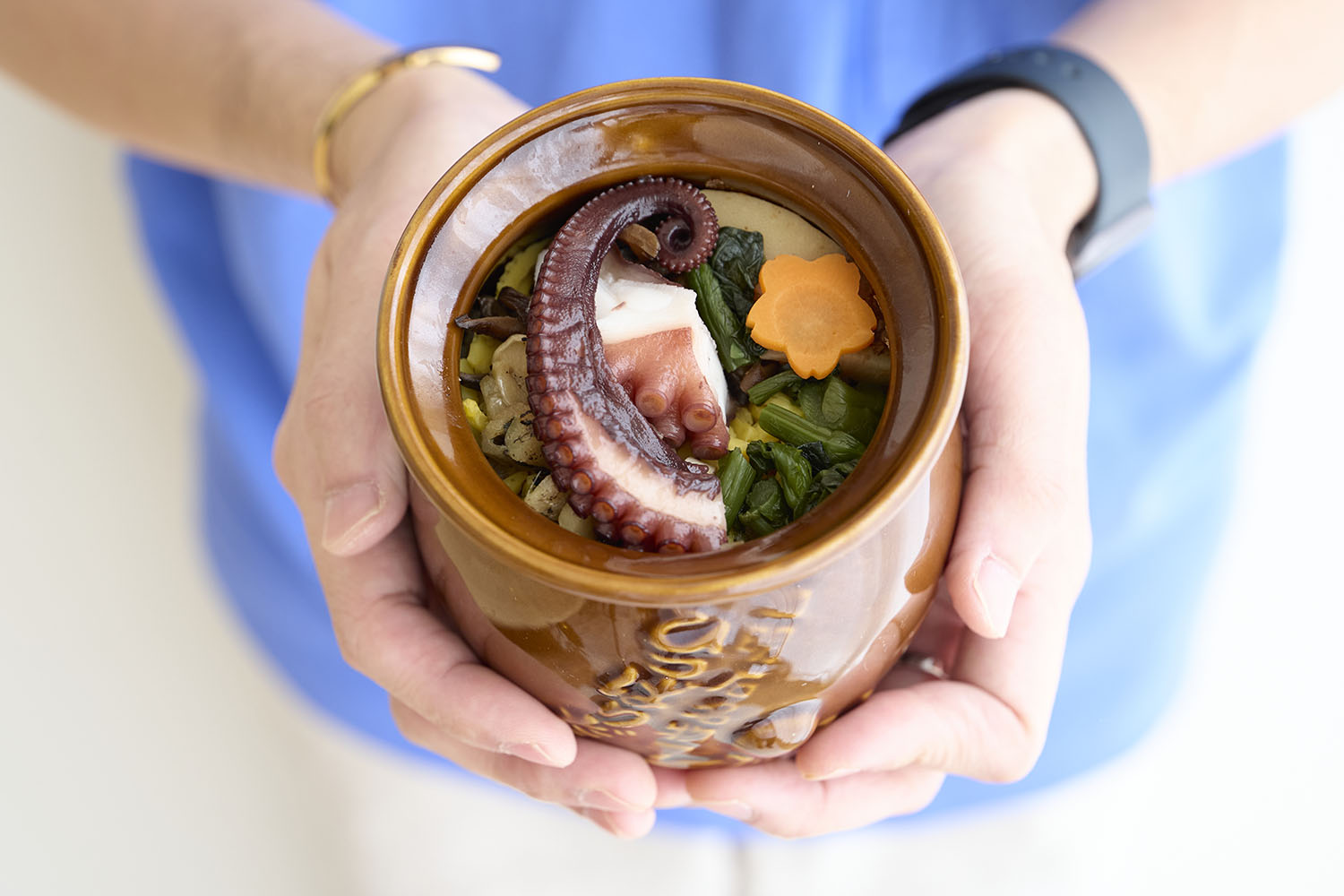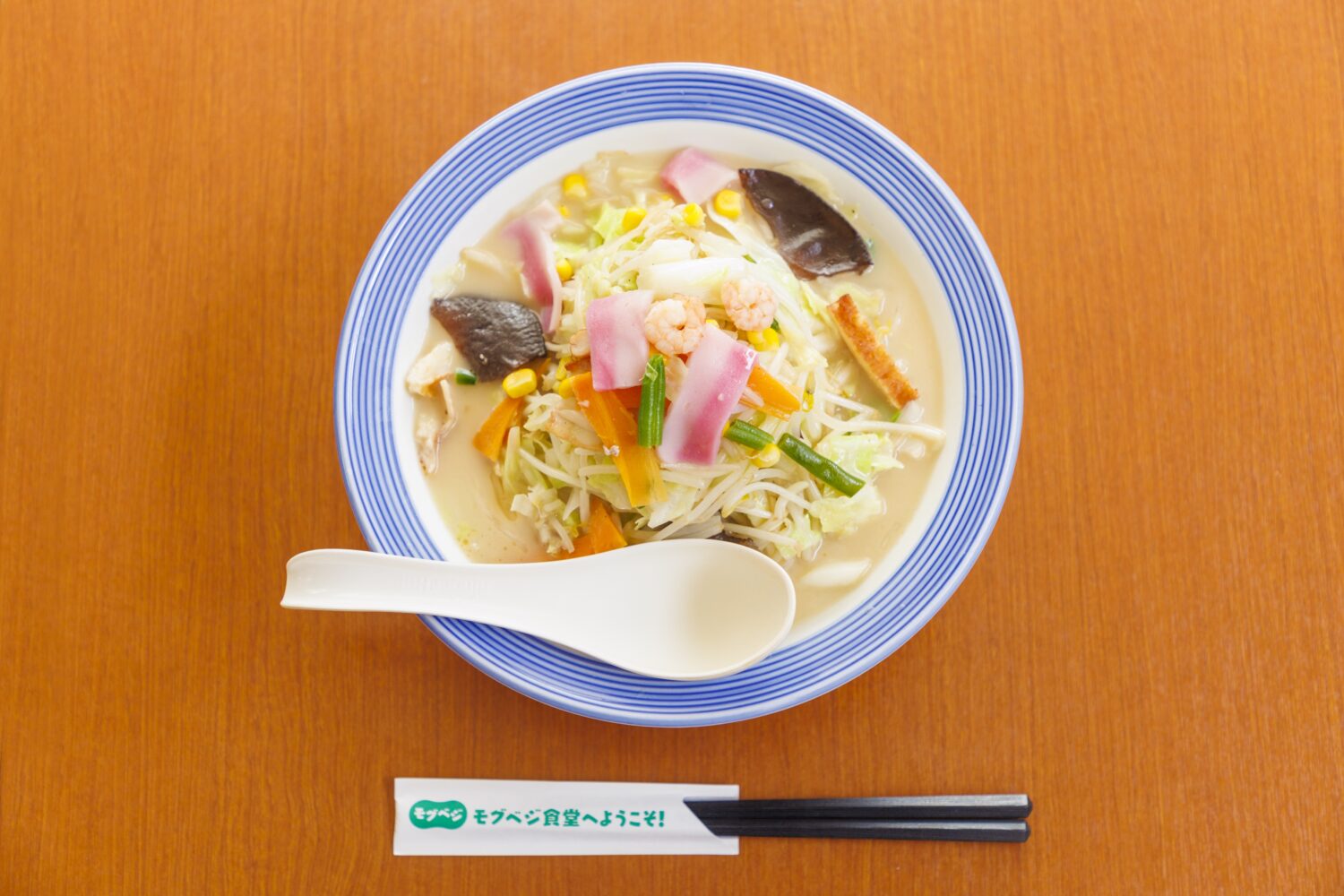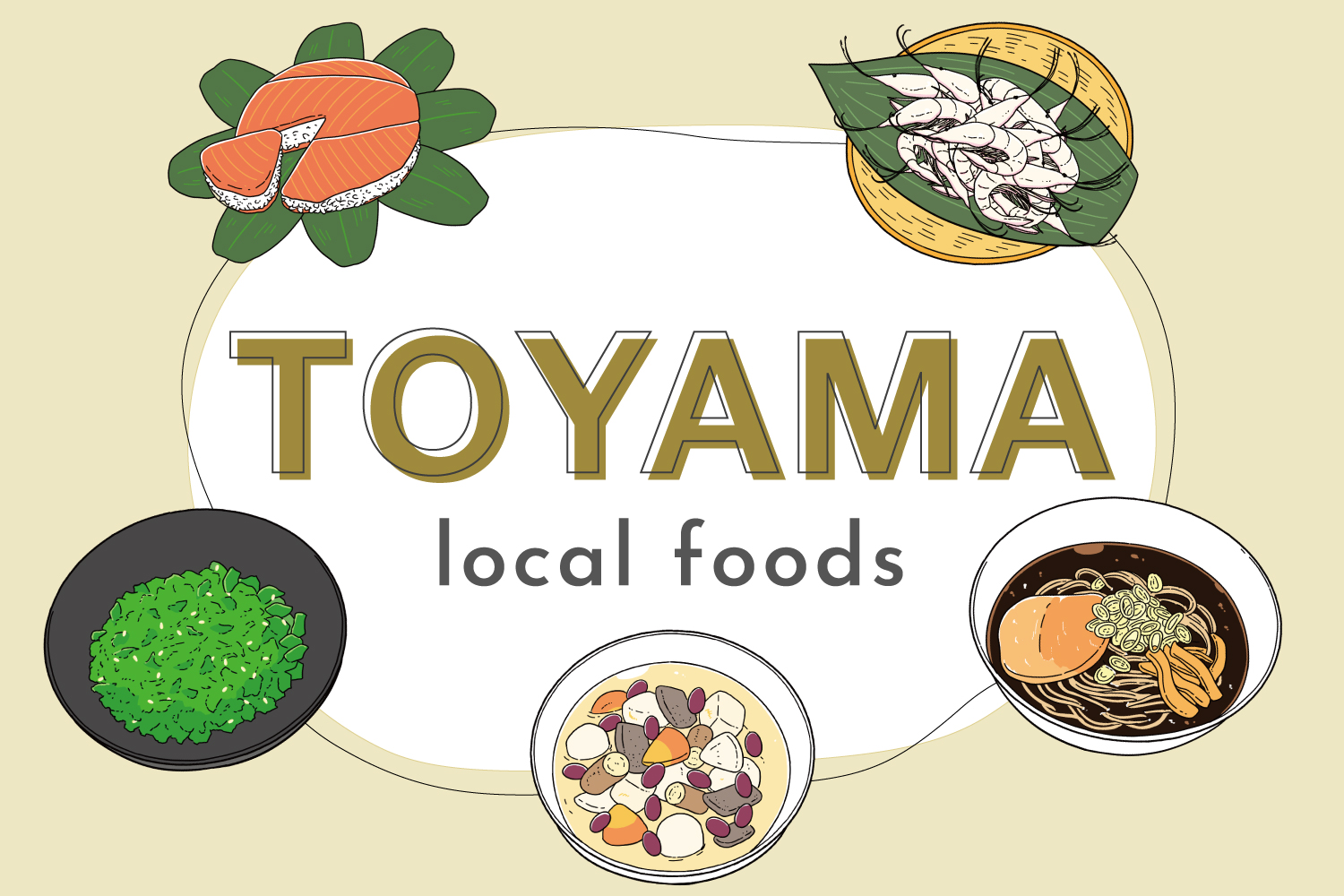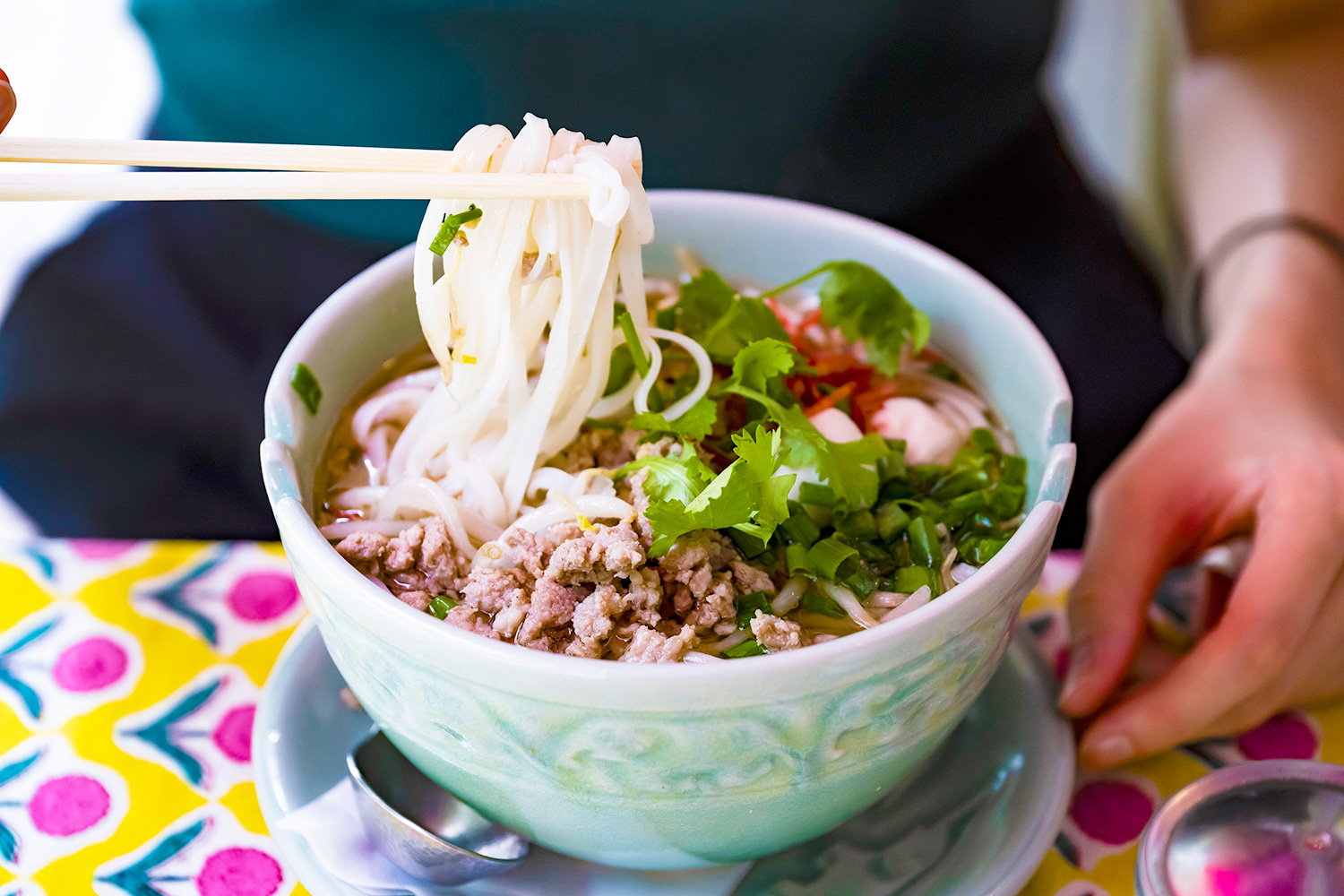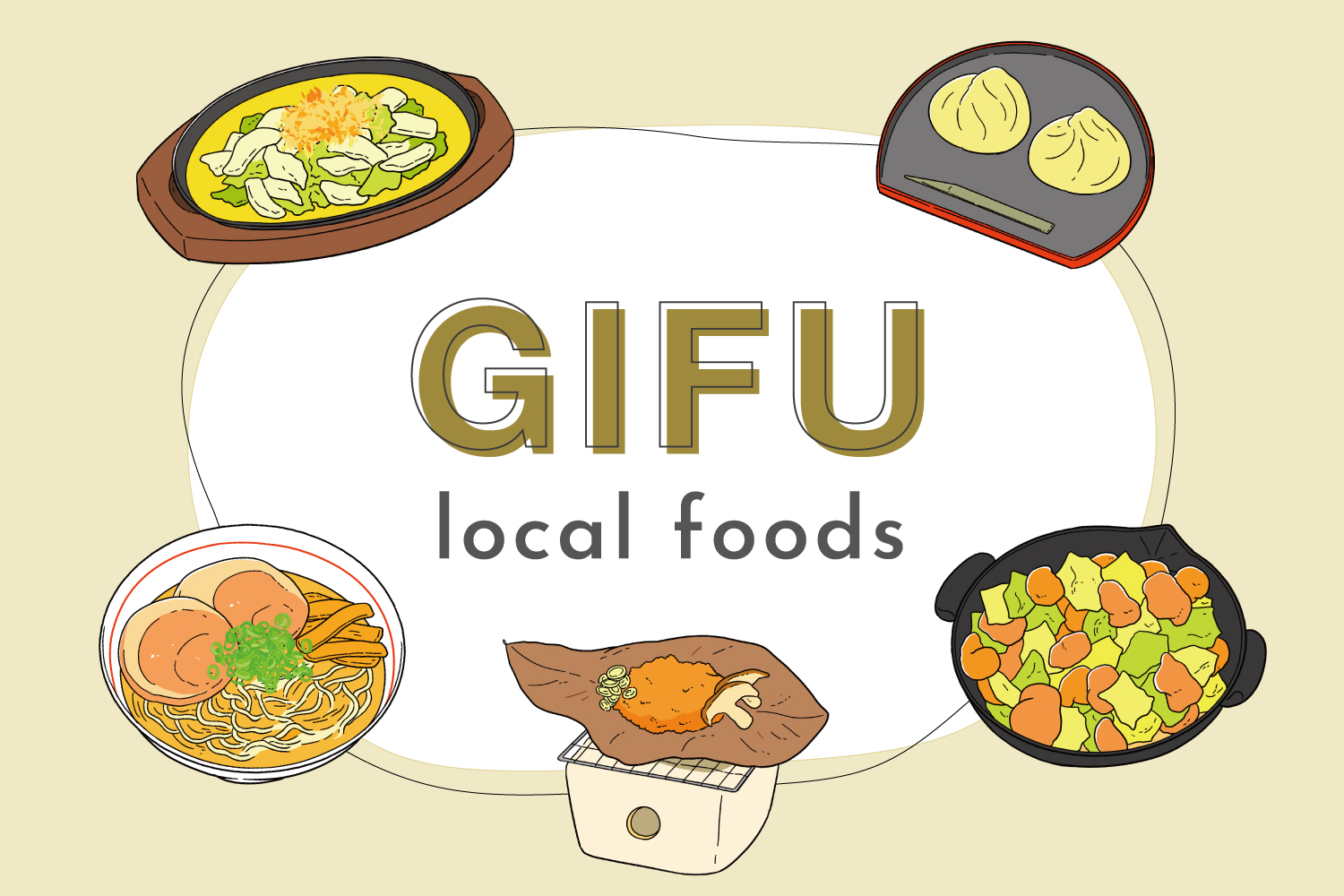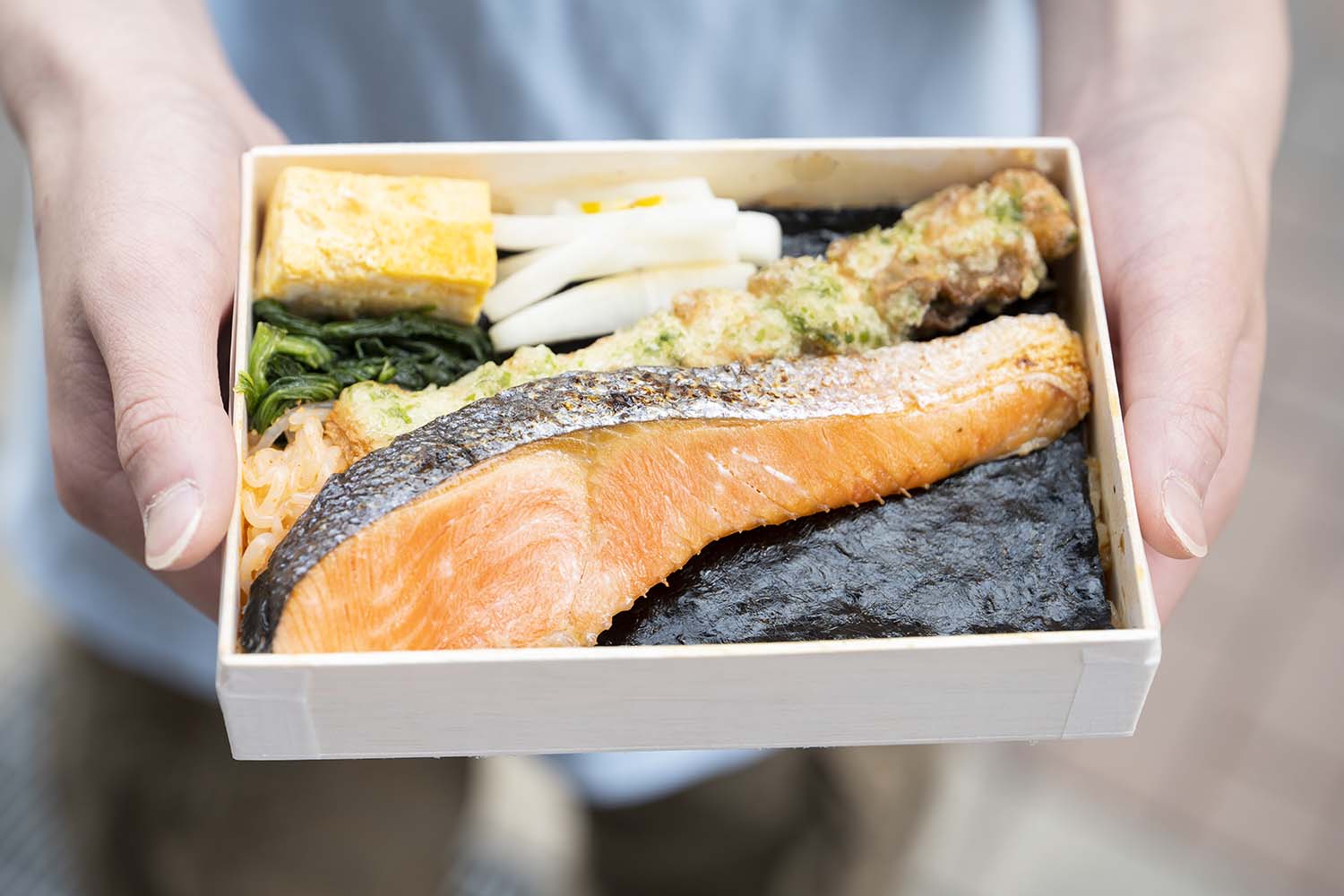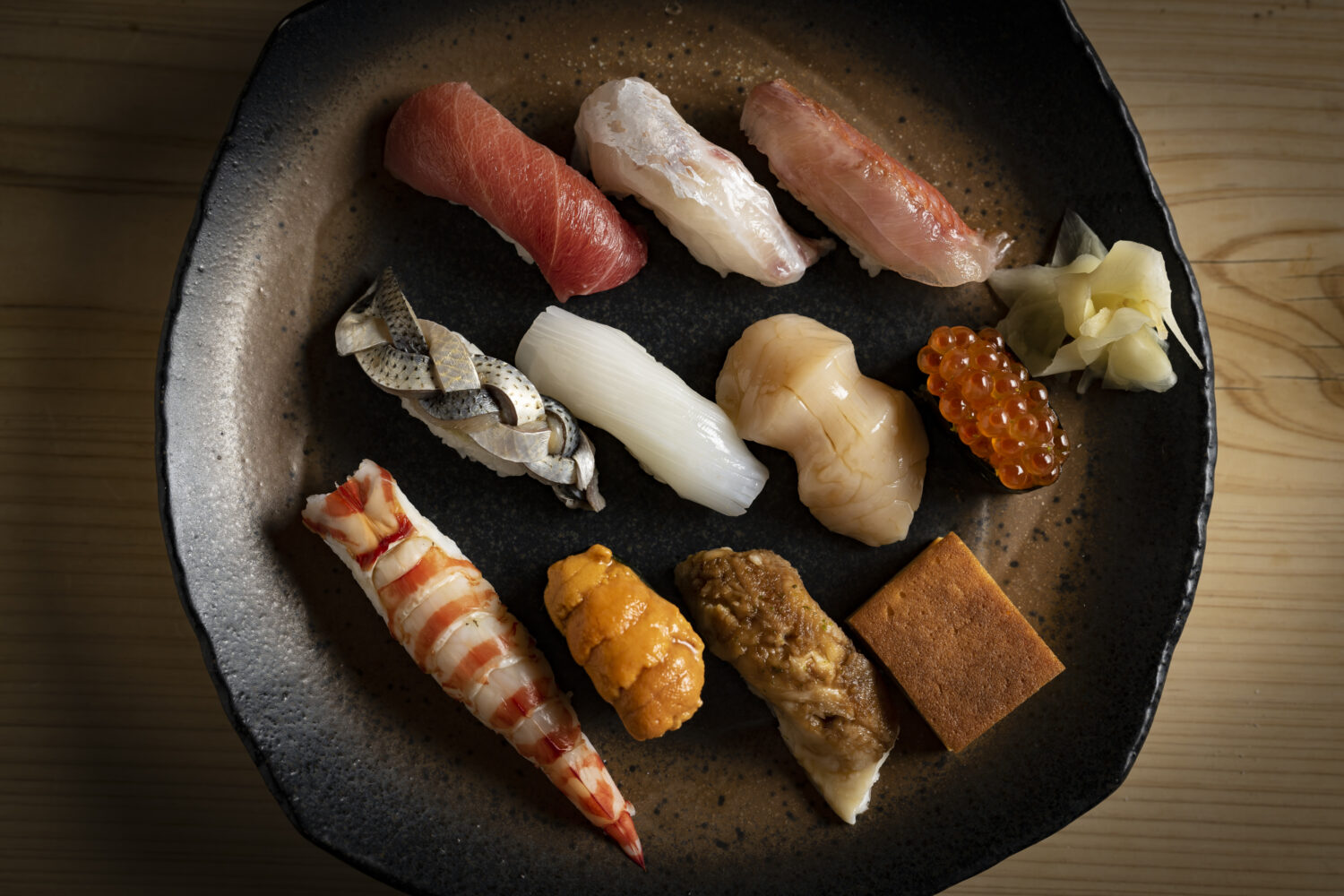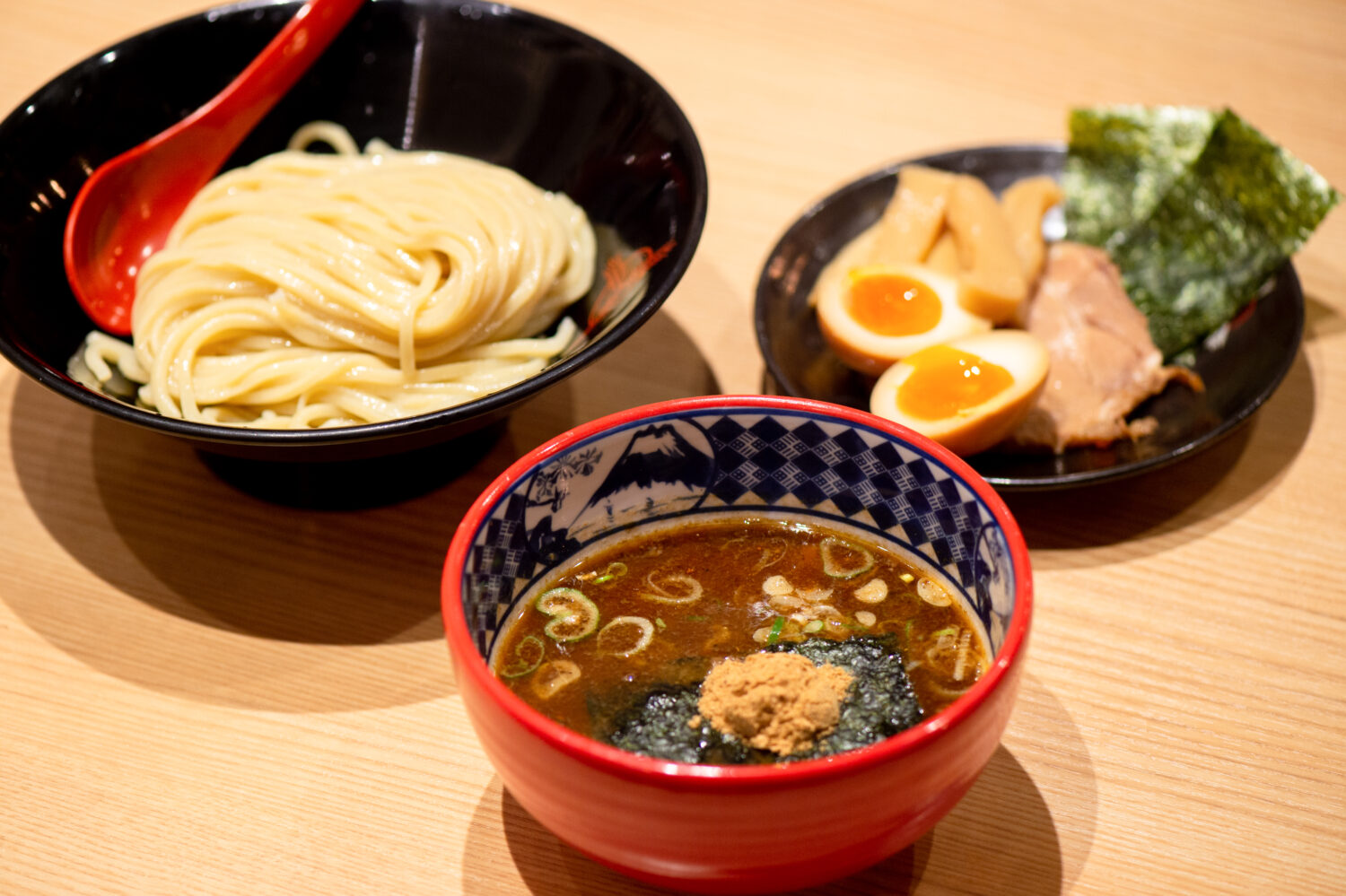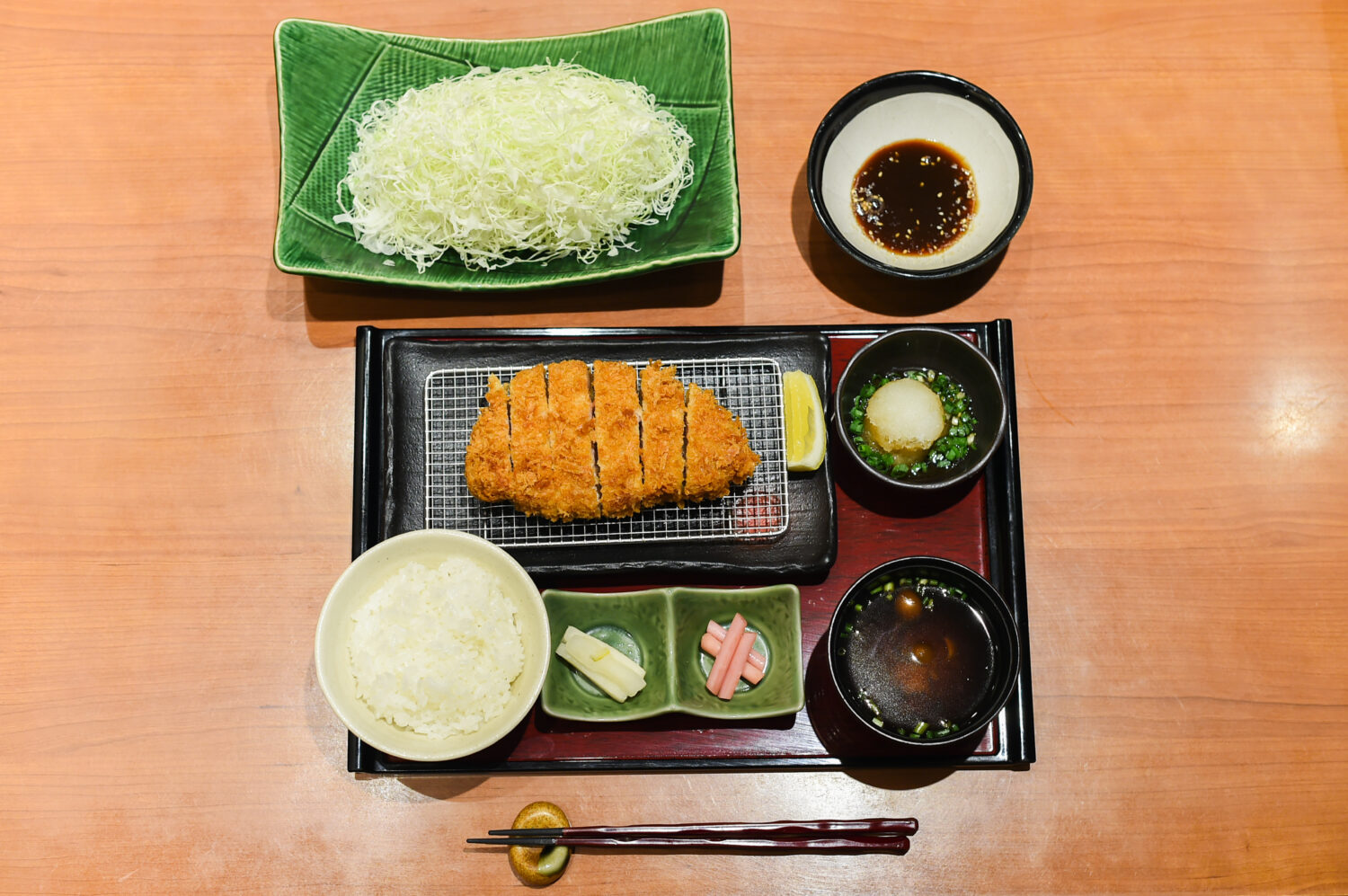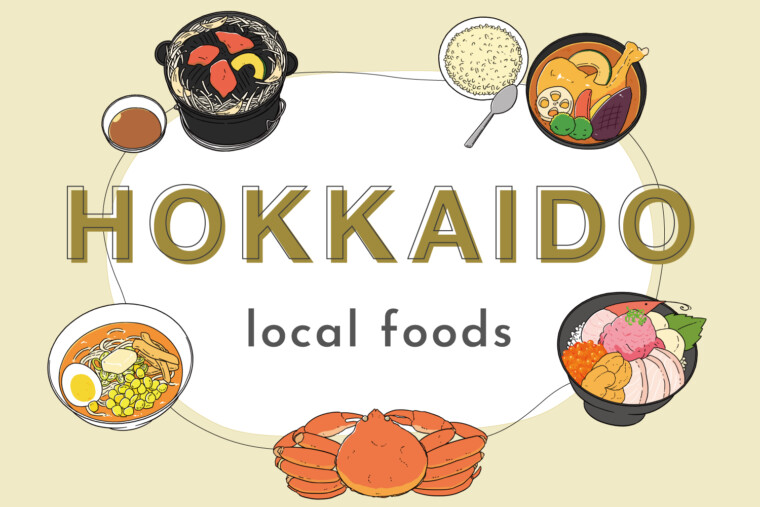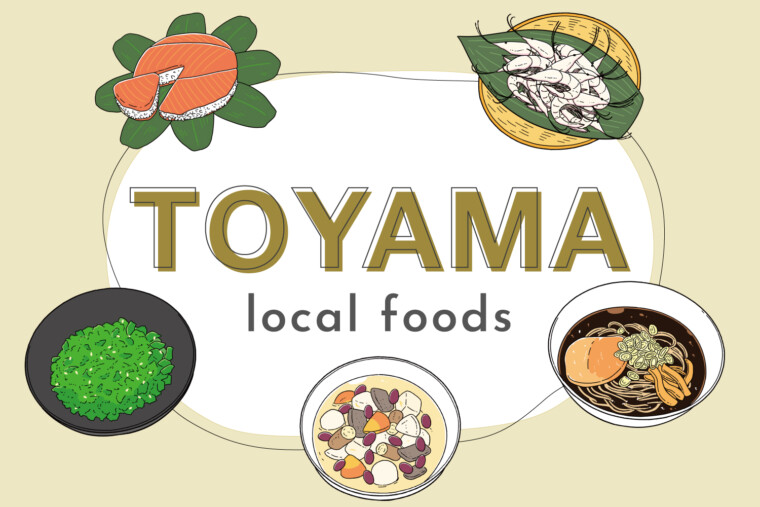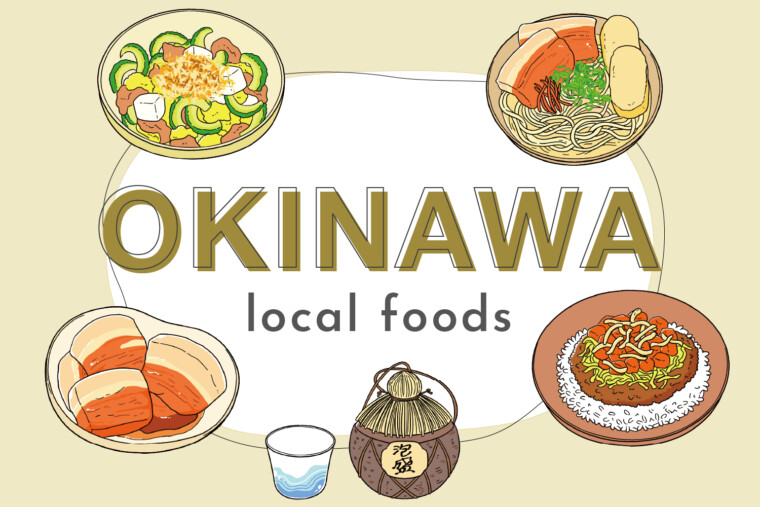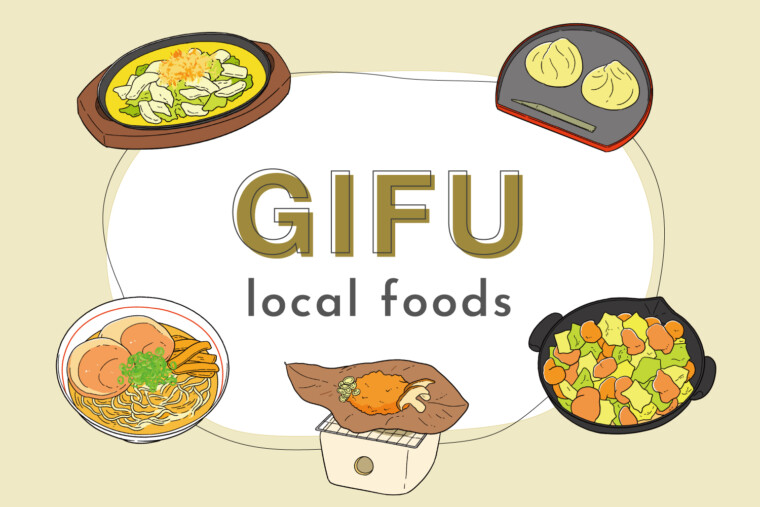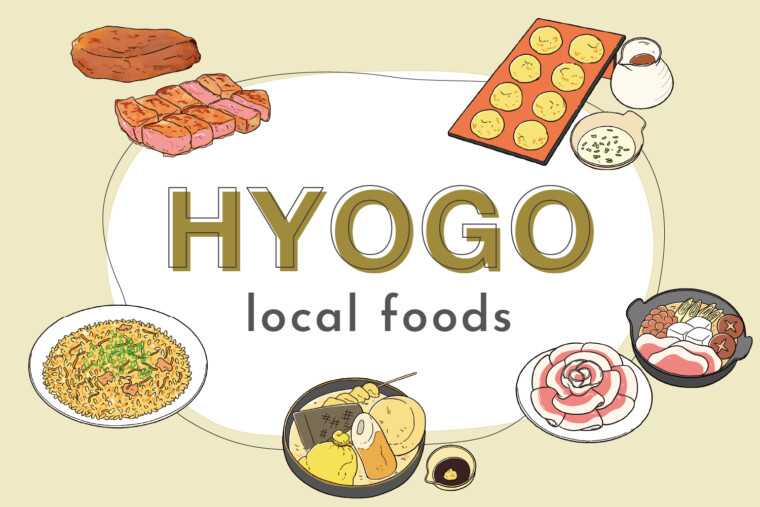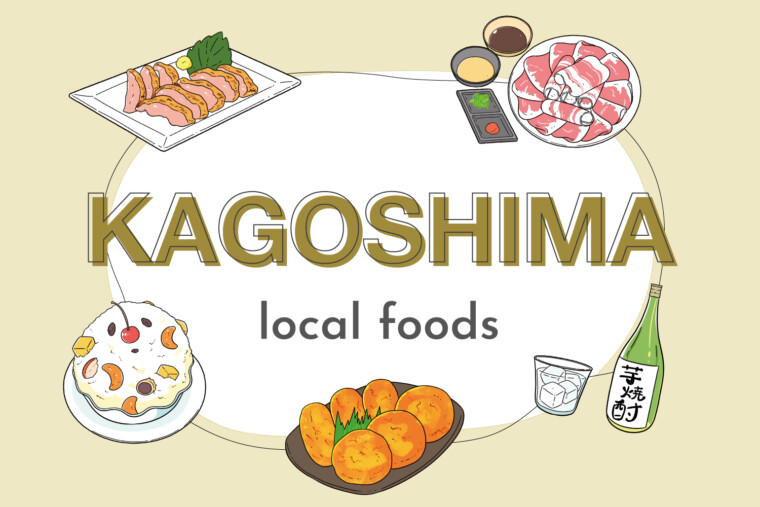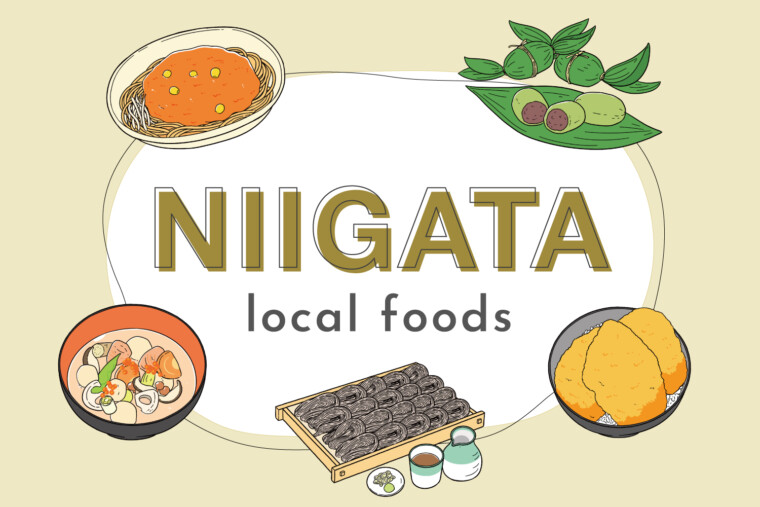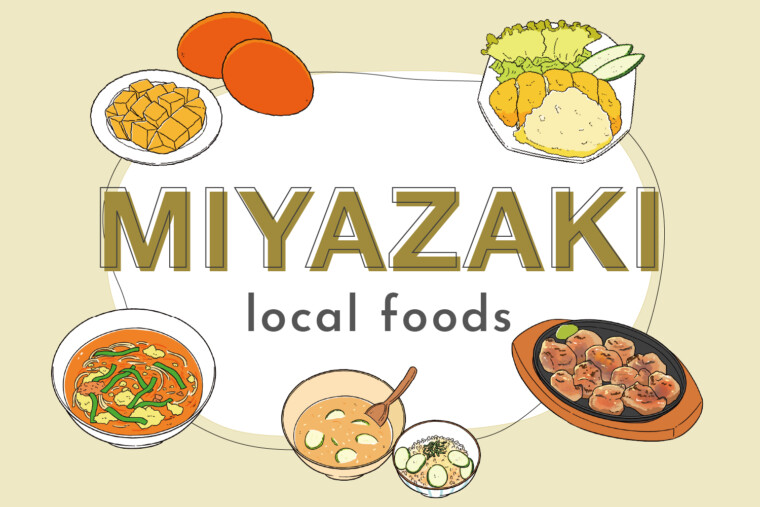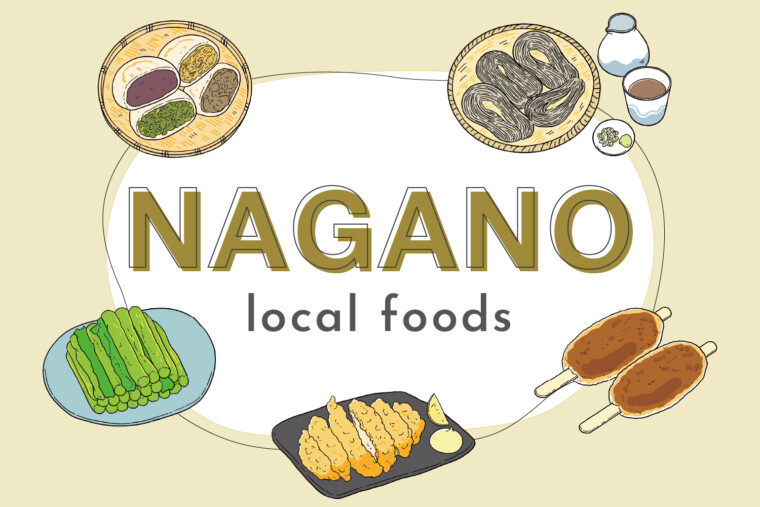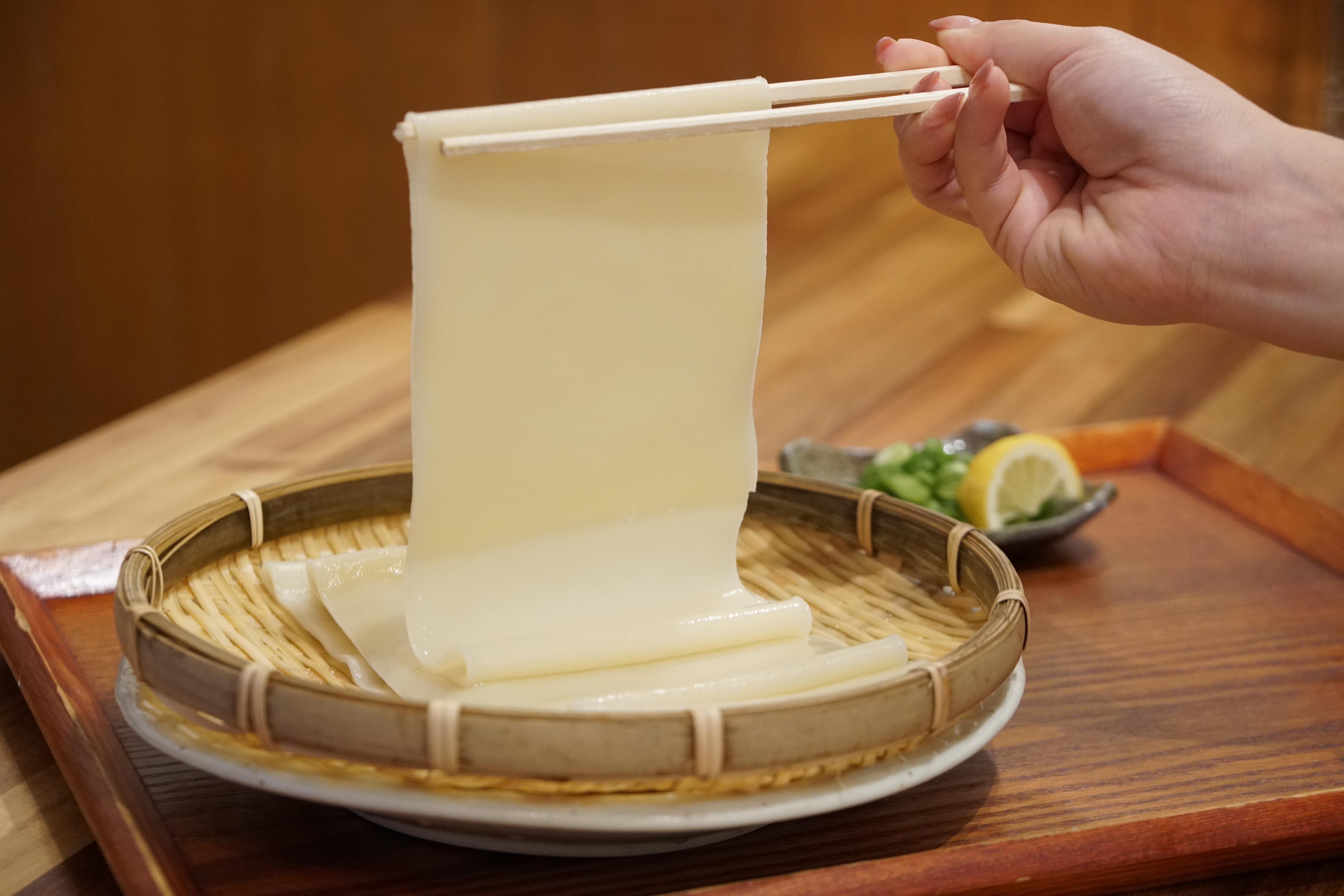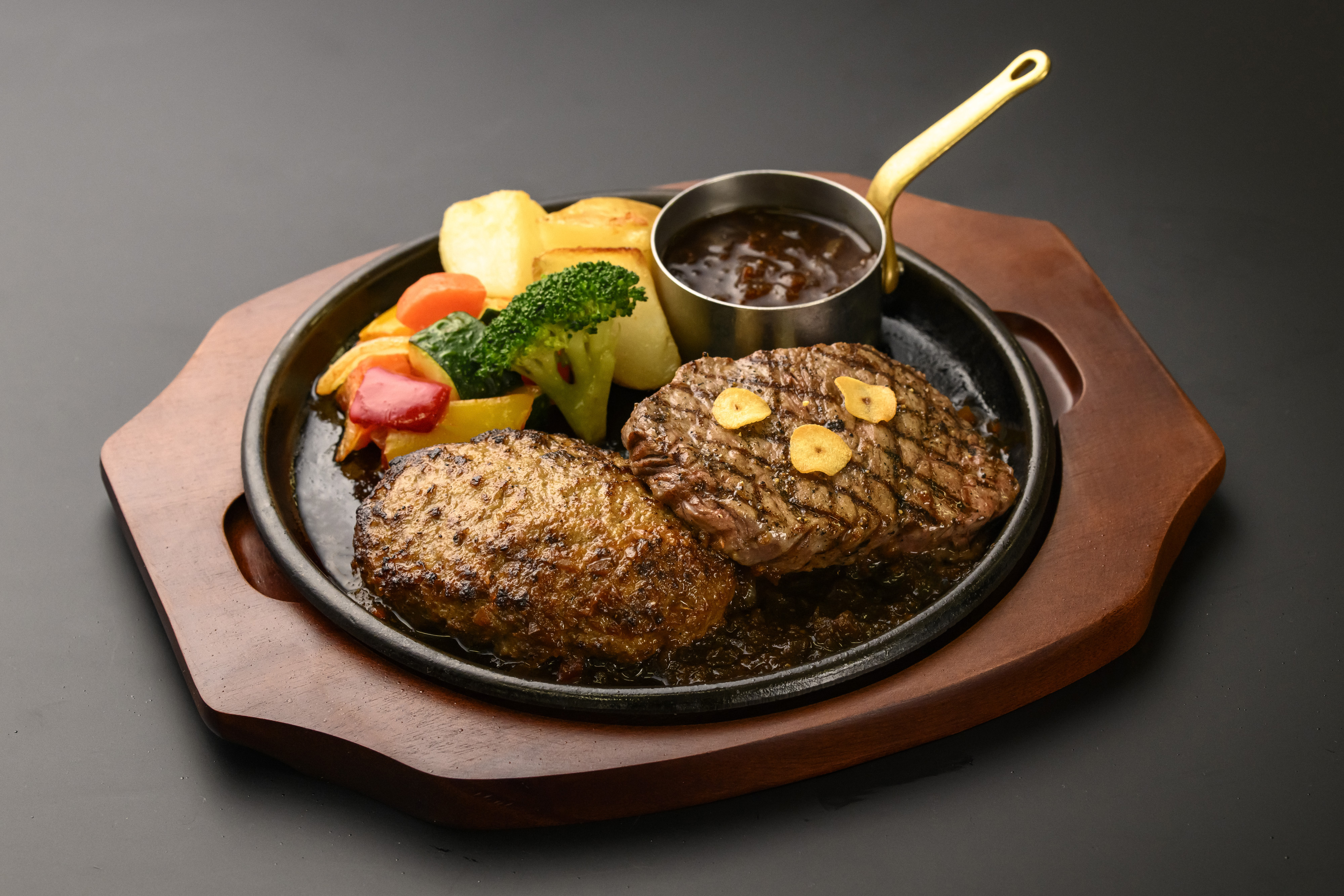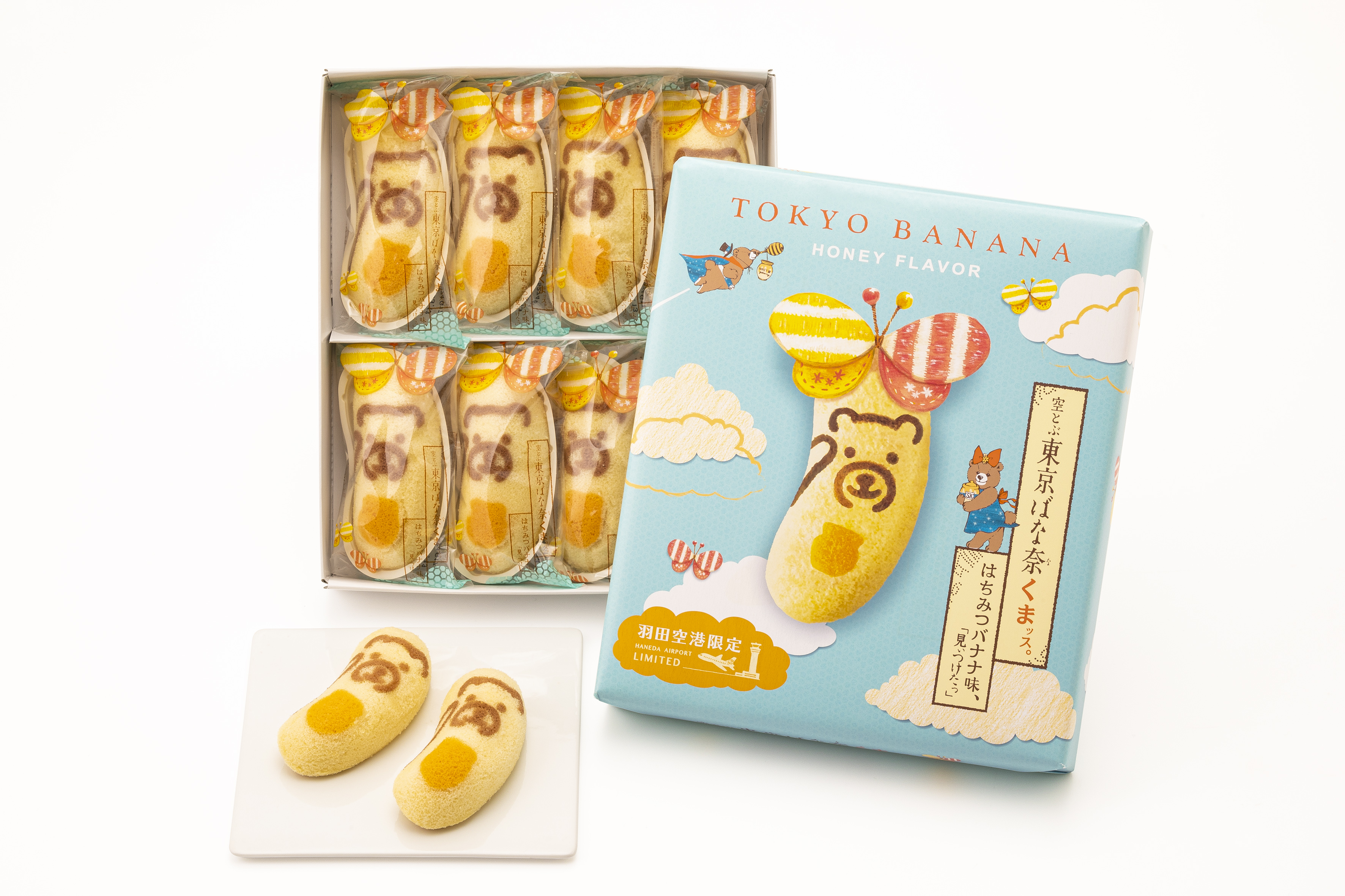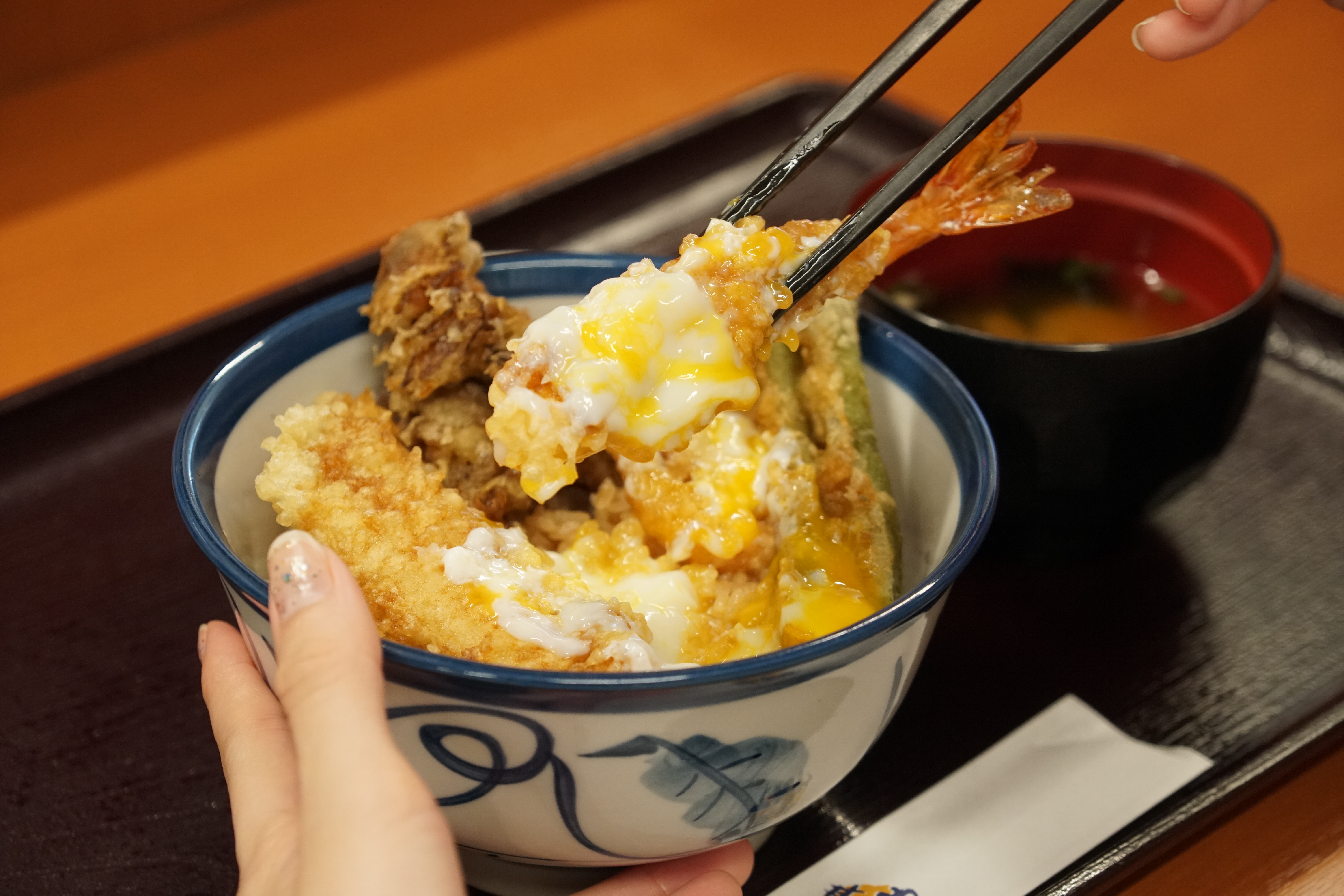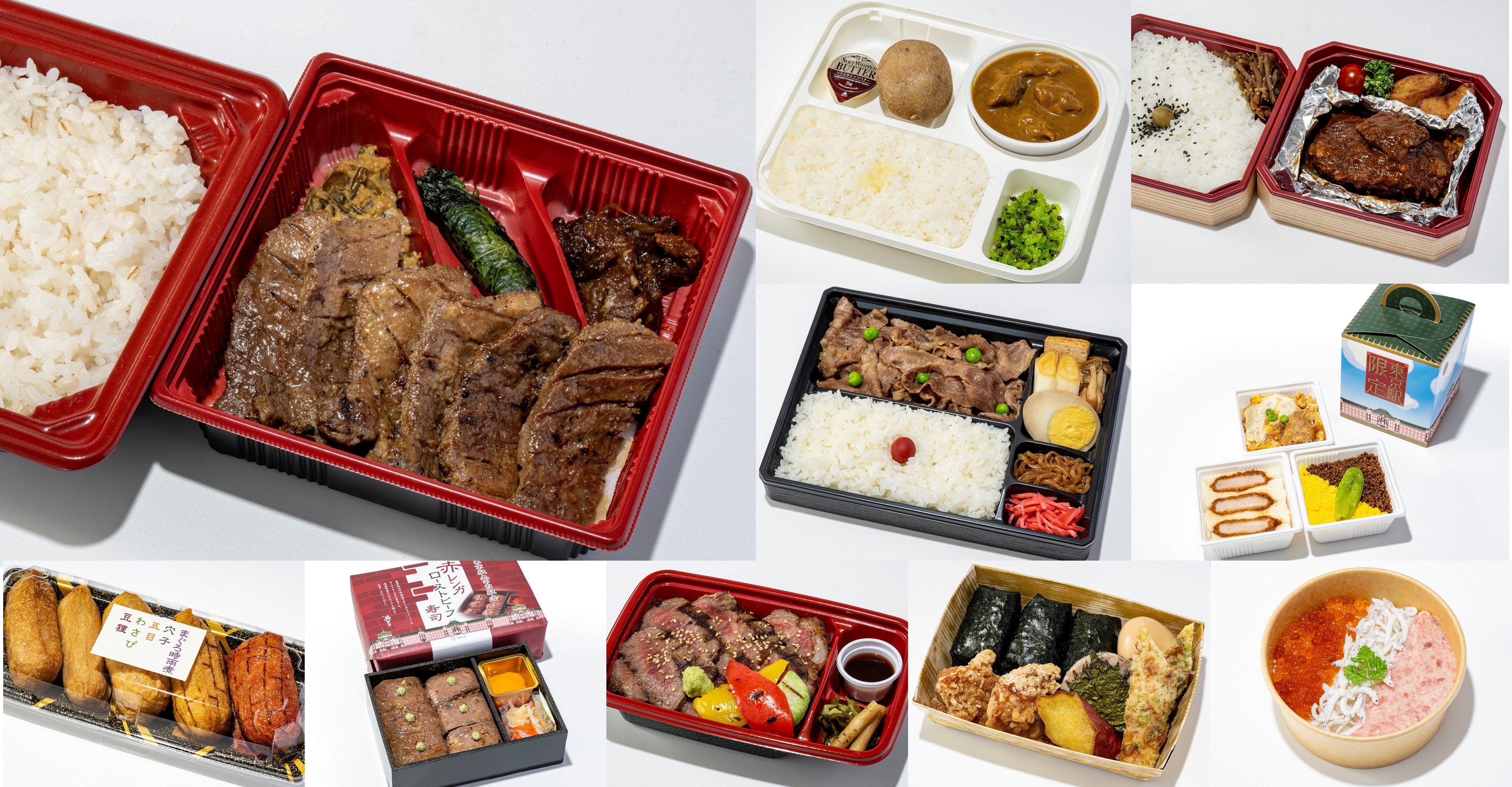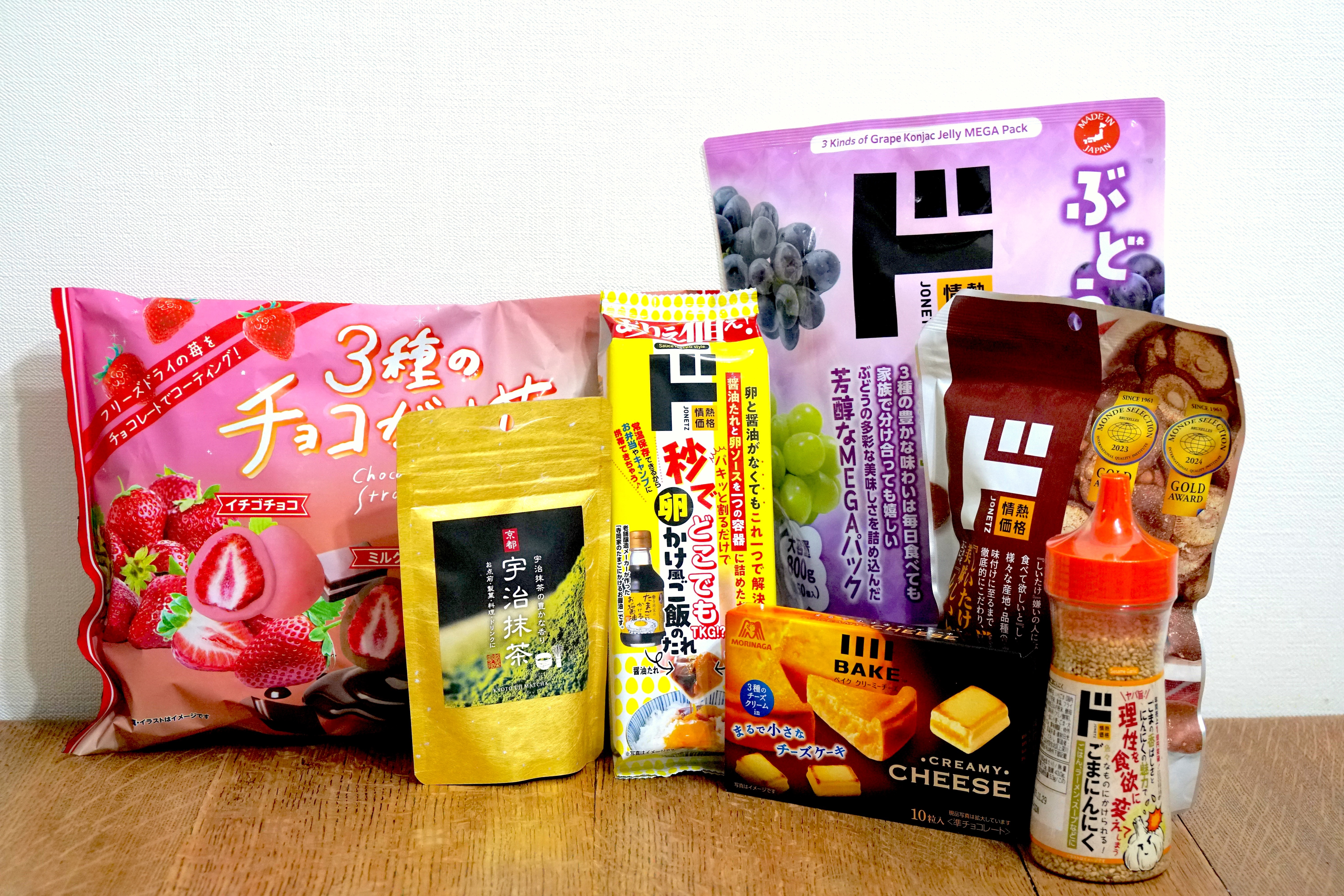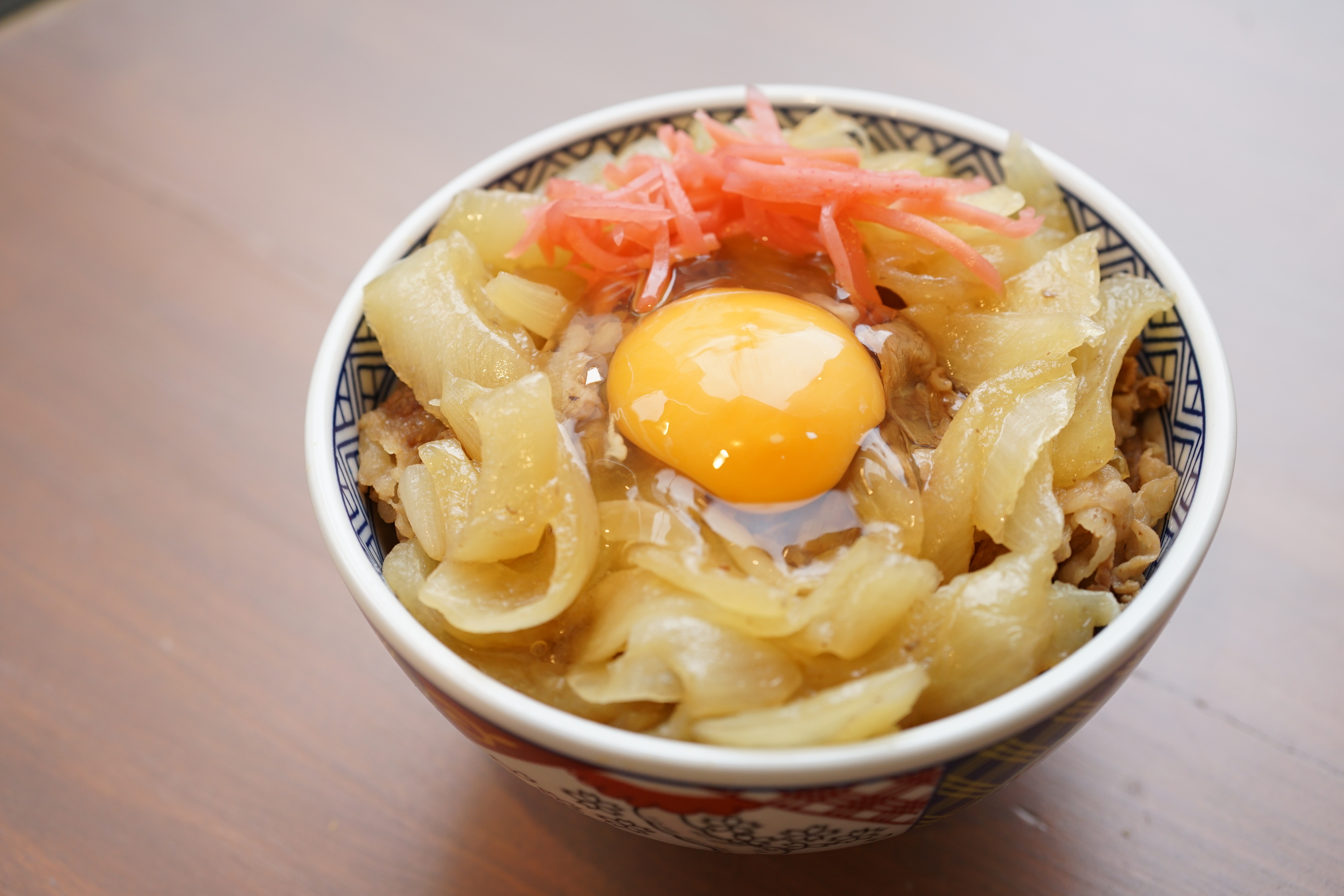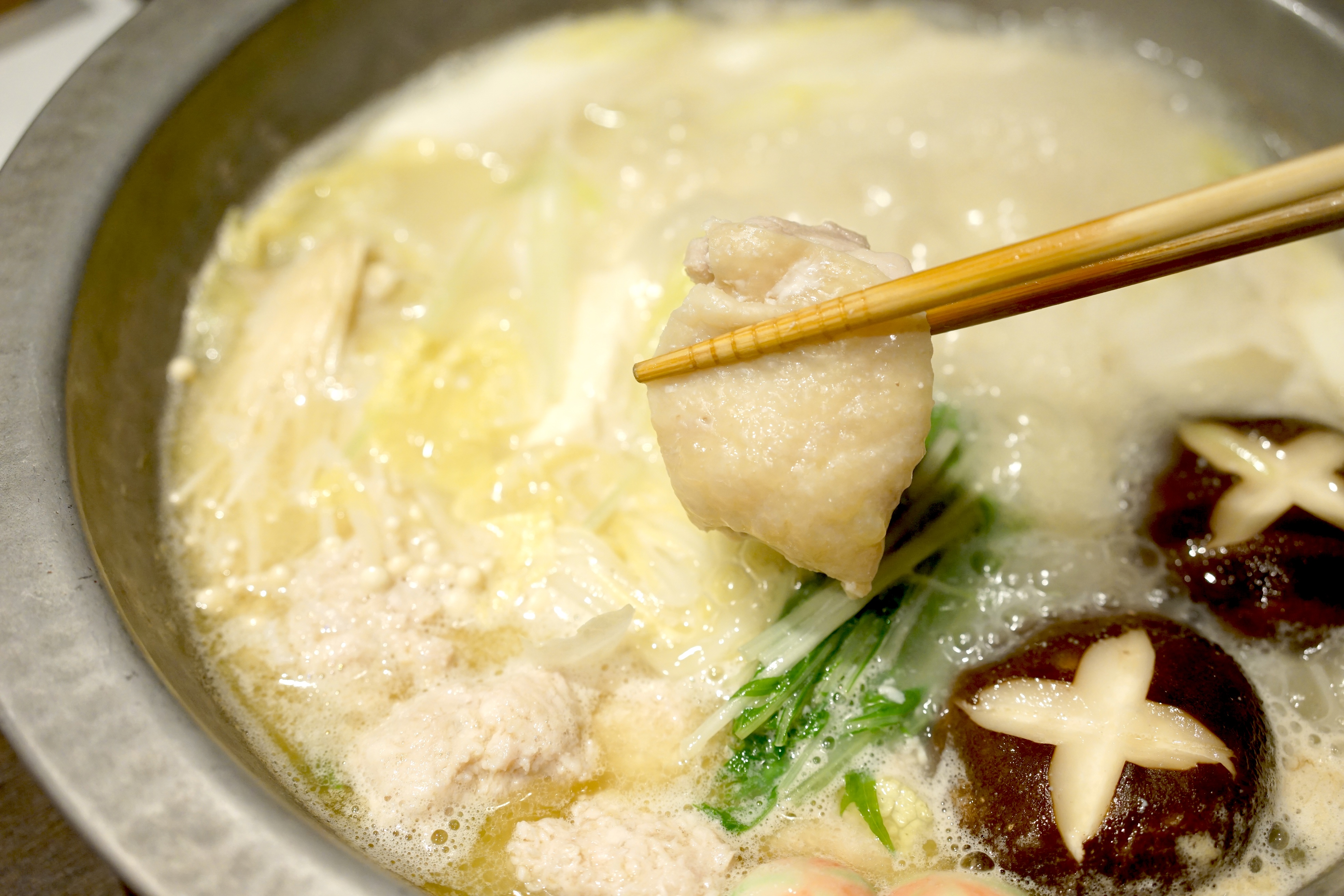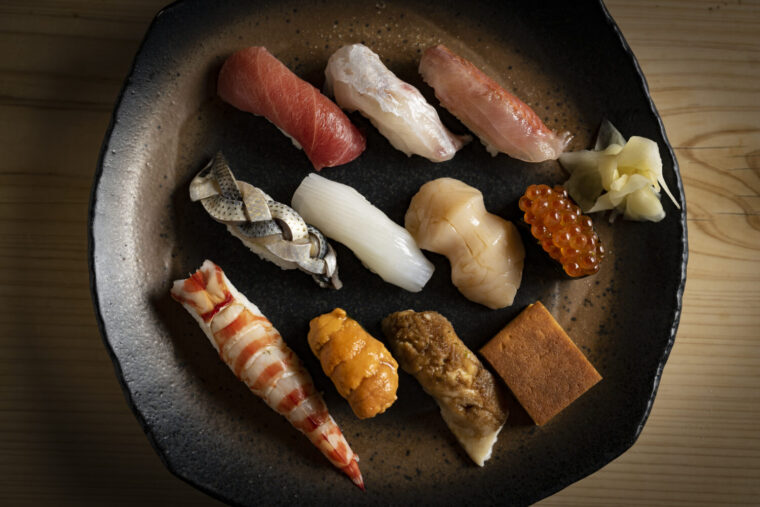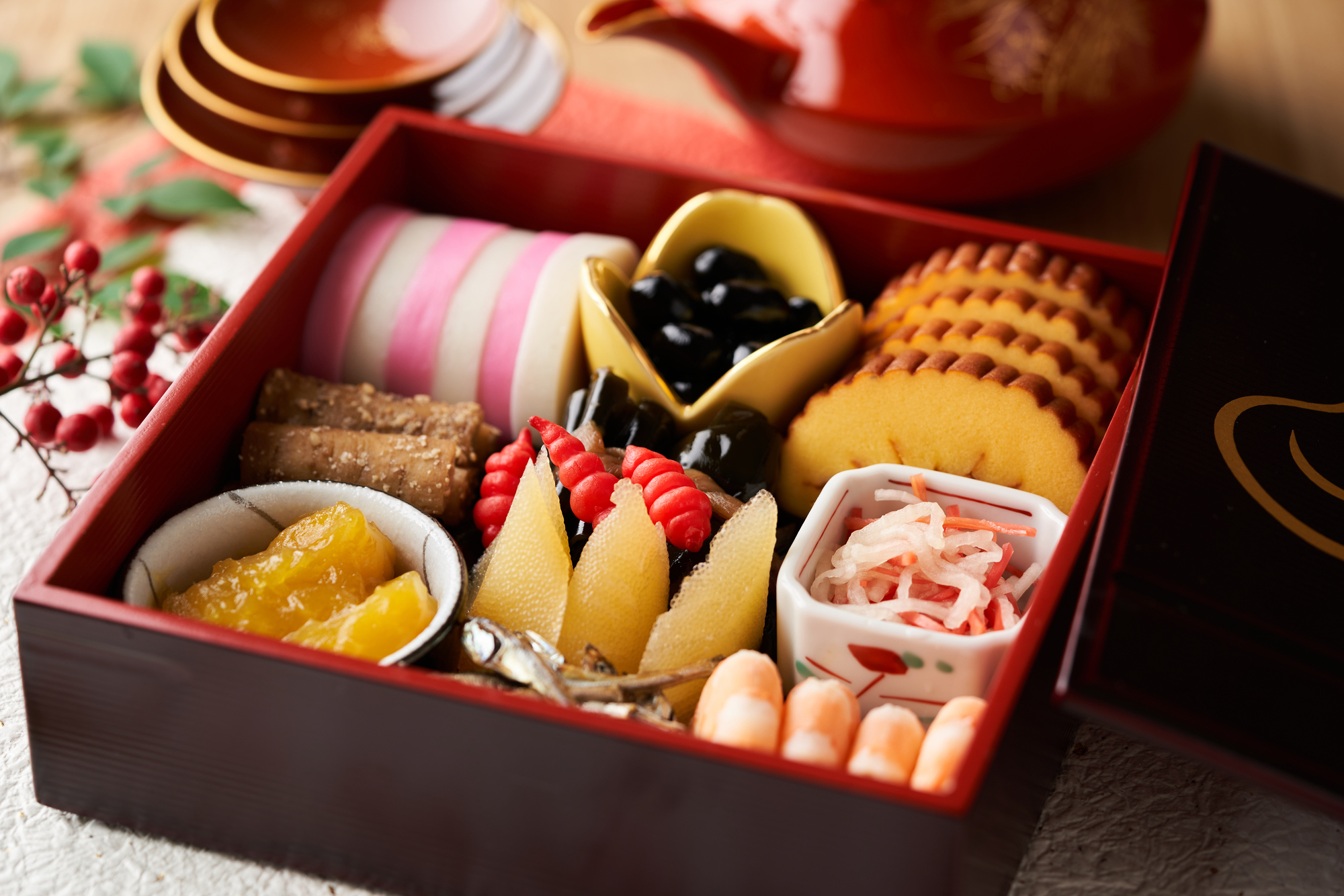
Essential Osechi Etiquette: Chopsticks, Eating Order, and Symbolic Meanings
Did you know that there are many rules and customs when eating Osechi, the traditional New Year’s cuisine in Japan? In this article, we’ll introduce essential etiquette to help you avoid any awkward moments at the New Year’s table. Read and practice before the year ends, and impress your family and relatives!
share:
Table of Contents
The Special Chopsticks Used for Osechi
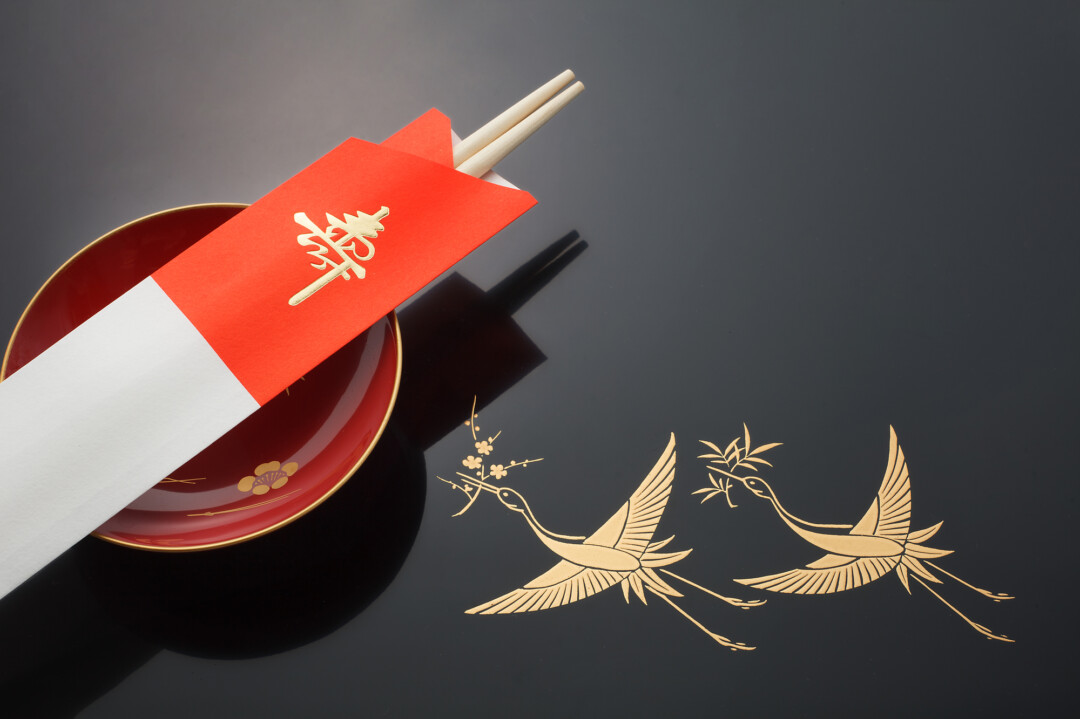
©ykokamoto / PIXTA
We use double-ended chopsticks called *iwaibashi* (celebratory chopsticks). You might think the opposite end could be used as serving chopsticks, but that is not allowed. The other side is reserved for the gods. It is believed that by sharing a meal with the gods, you receive divine blessings for the coming year. If serving chopsticks are needed, always prepare a separate pair.
Is There an Order for Who Starts Eating?
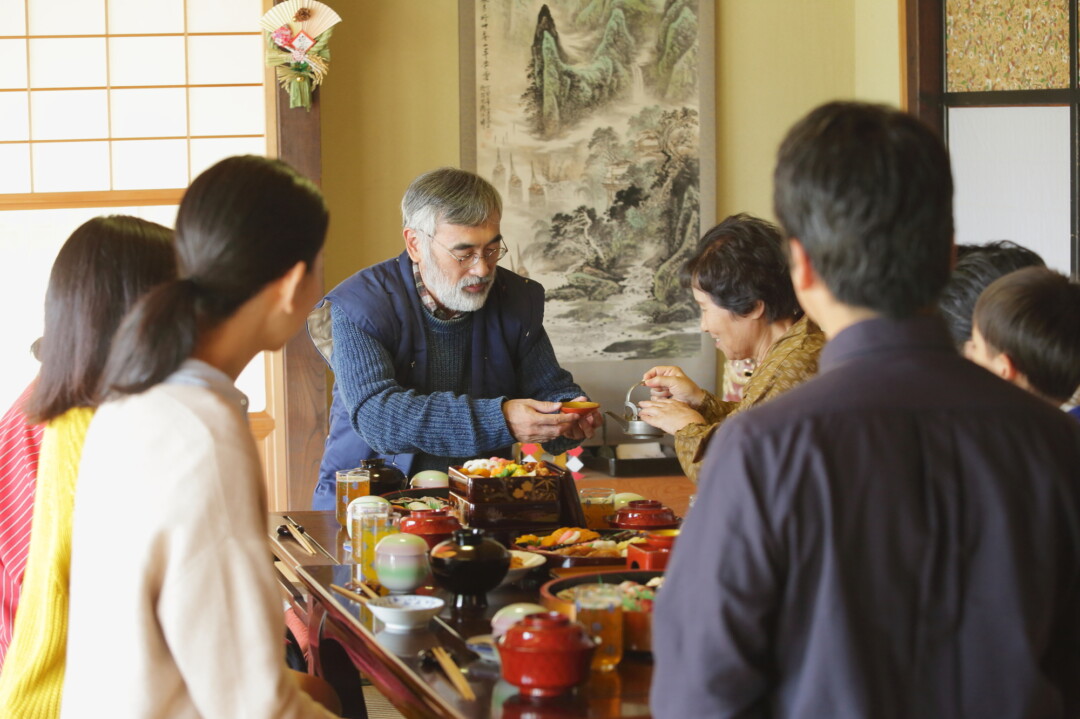
©Fast&Slow / PIXTA
While everyone may want to start together, there is actually an order for who uses the chopsticks first.
The first to pick up food is the head of the household. This doesn’t mean they eat every dish first, but simply that they take the very first bite. After that, the order doesn’t matter much at home. However, when eating outside, the most senior or respected person eats first, so be mindful of the etiquette.
Is There a Proper Order for Eating the Dishes?
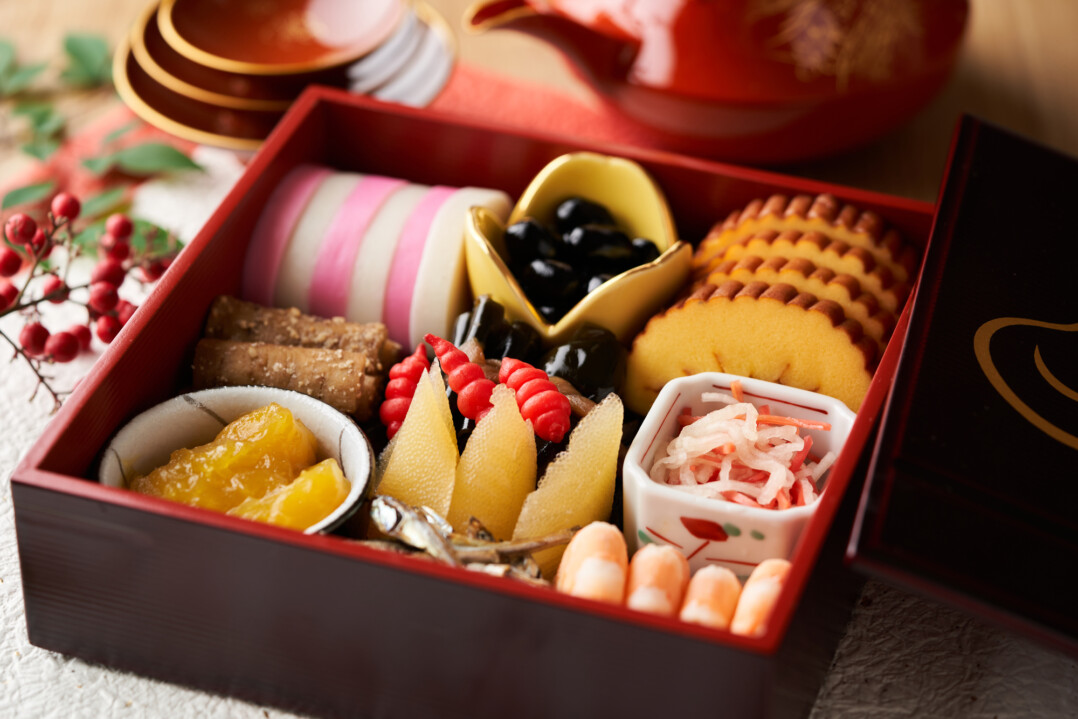
©shige hattori / PIXTA
When served in tiered boxes (*jūbako*), the dishes should be eaten starting from the first tier, then the second, and finally the third. It is bad manners to eat directly from the box—always transfer food to your own plate first. If *otoso* (spiced sake) is served, that should be taken before starting on the dishes. Since it’s alcoholic, children and those who will be driving should avoid drinking it.
Know the Meanings Behind Osechi Dishes
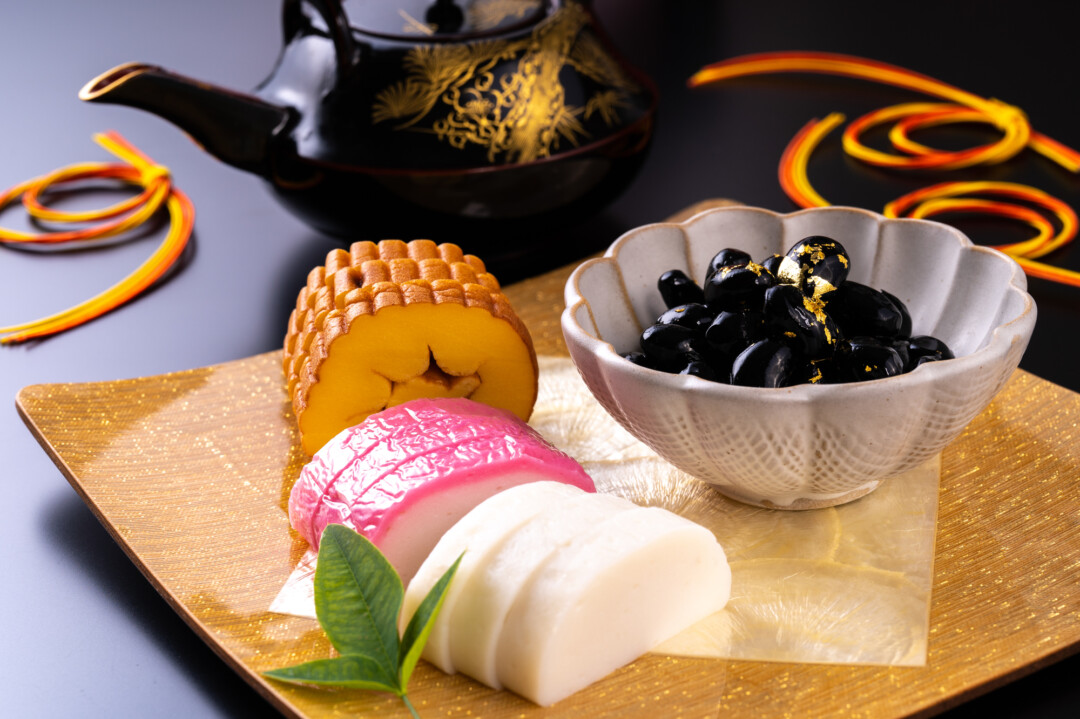
©Promolink / PIXTA
Osechi dishes are filled with symbolic foods considered to bring good fortune.
- Kazunoko (herring roe): Prosperity of descendants
- Kuromame (black beans): Good health and protection from illness
- Datemaki (sweet rolled omelet): Academic success
- Kombu-maki (rolled kelp): Prosperity of descendants
- Kōhaku namasu (red and white pickled vegetables): Purity in life
- Kamagoko (fish cake): Red wards off evil, white represents purity
- Kurikinton (sweet chestnut paste): Wealth and good fortune
These are just a few examples. Each dish carries its own meaning, so take care to appreciate them one by one.
Once You Know the Etiquette, Reserve Your Osechi!
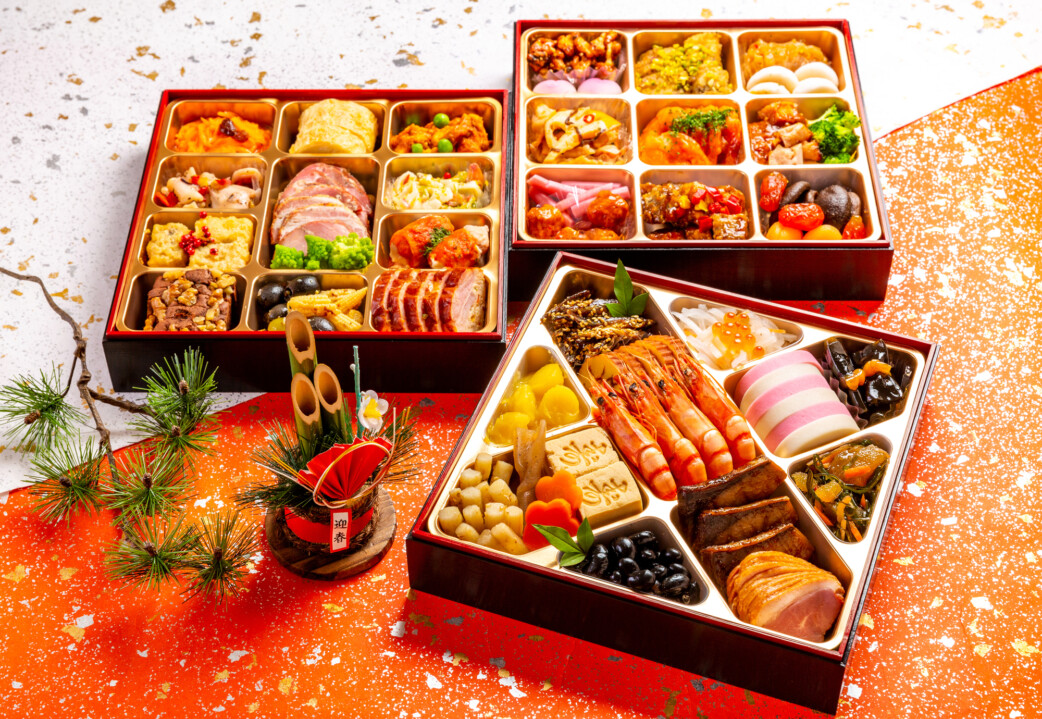
©kouta / PIXTA
Now that we’ve introduced the etiquette of osechi, you’re ready for the New Year celebration! If you haven’t made your reservation yet, check out our recommended 20 osechi sets as well!
*The information is based on the time of reporting or creation, and may differ from the current situation.
tags:
share:










